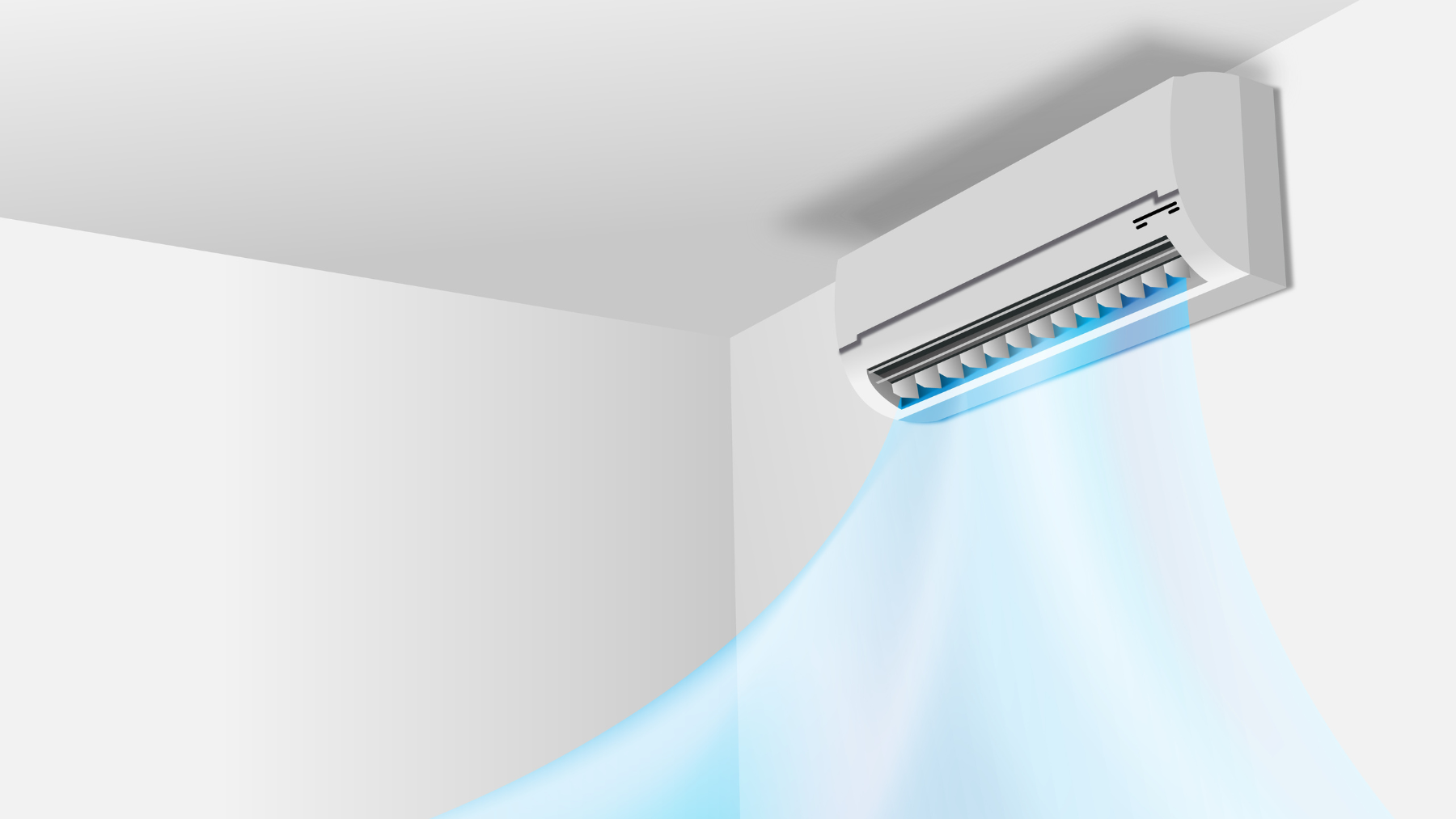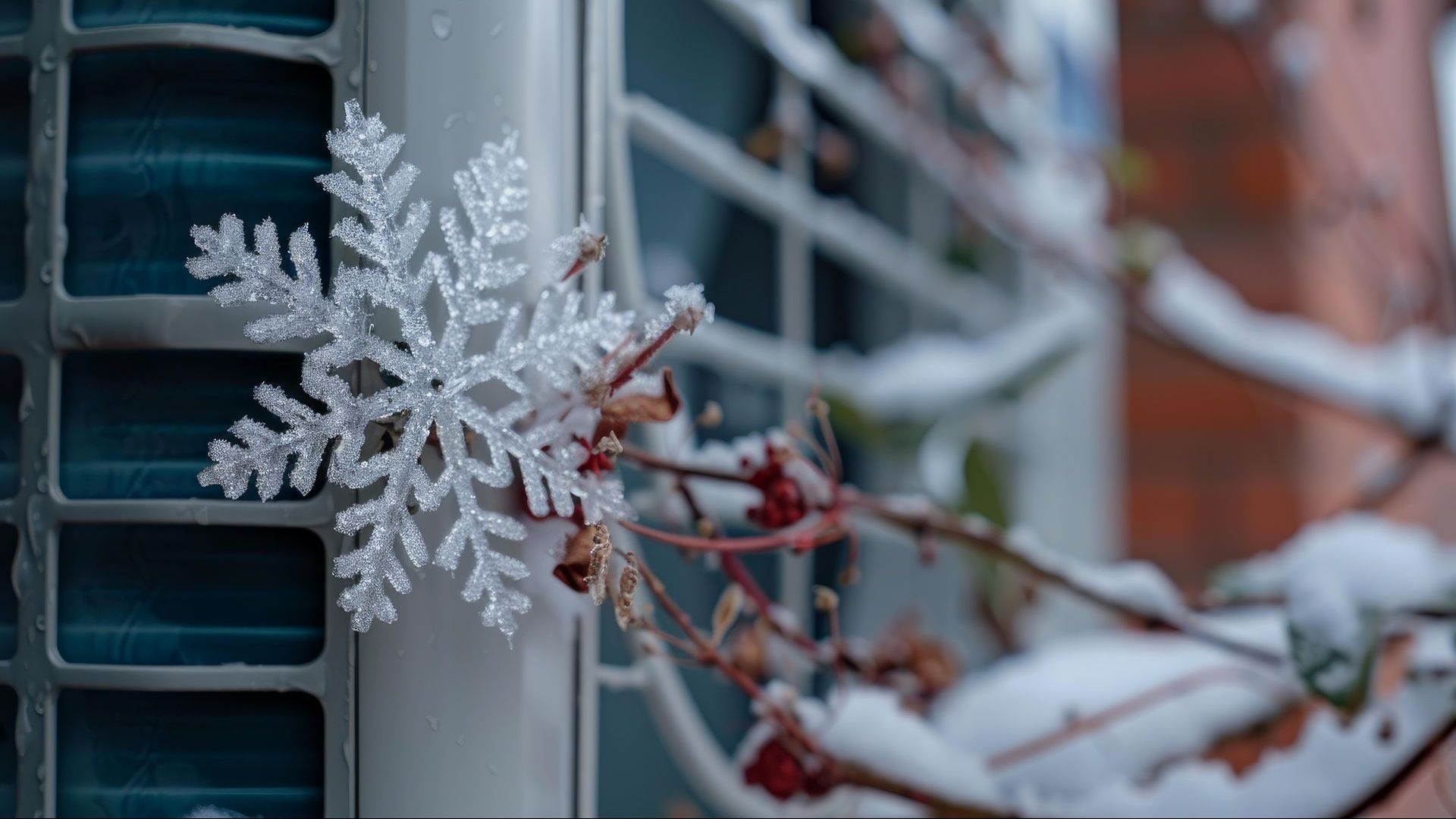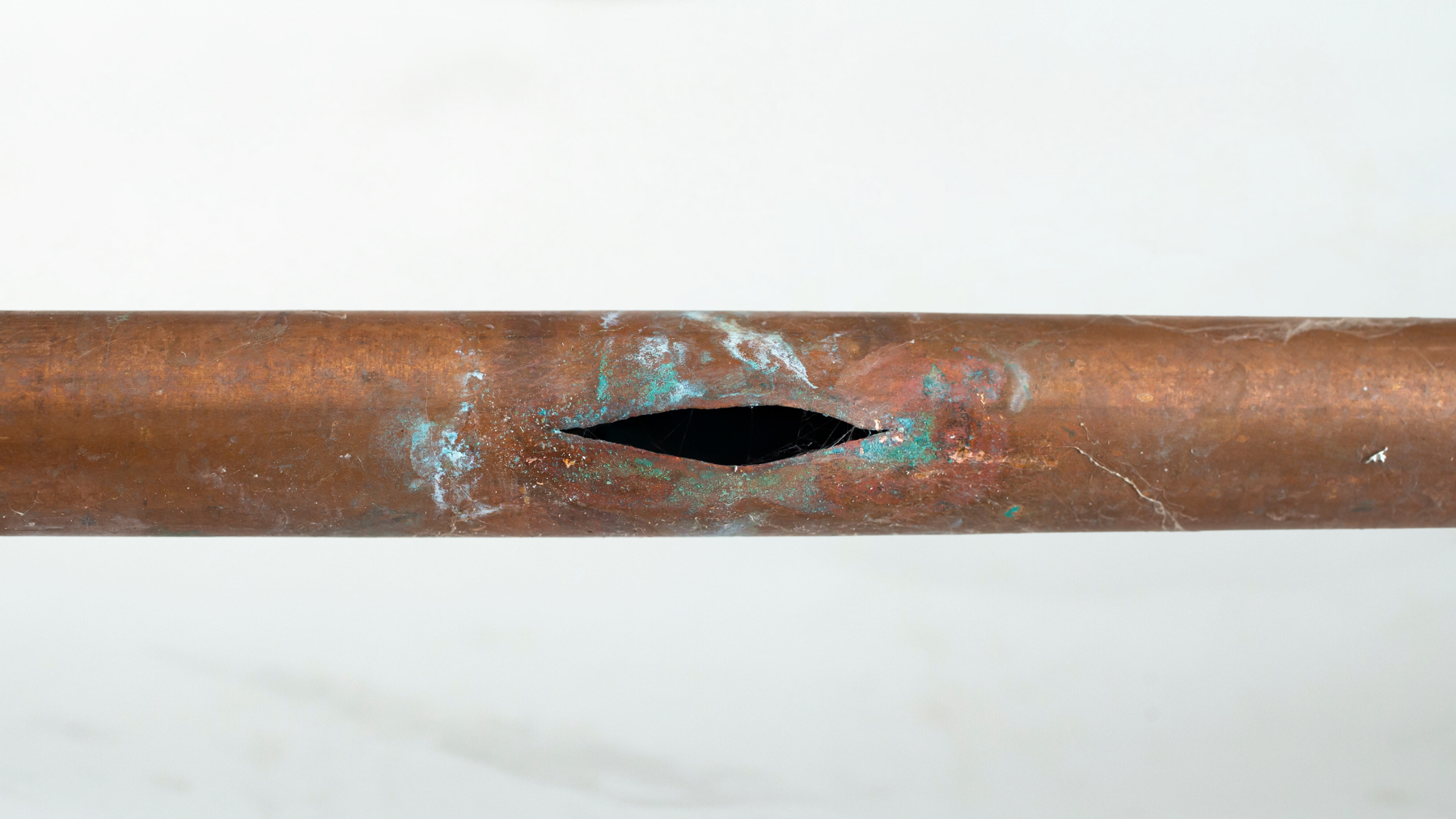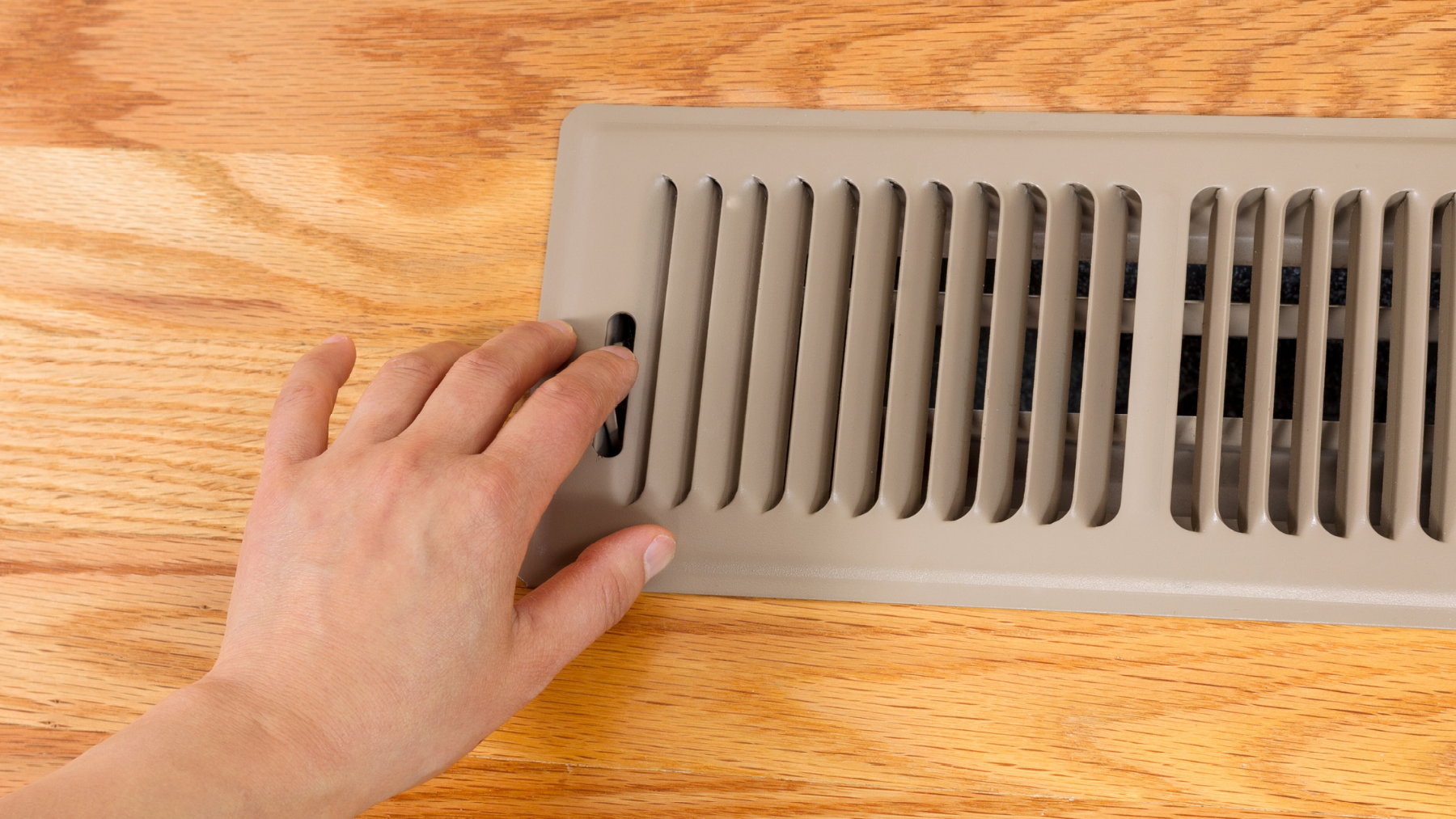
What is Ductless AC? A Guide for Potential Buyers

If you're considering upgrading your home's cooling and heating system, you might have come across the term "ductless AC" or "mini-split" units. But what exactly are these systems, and how do they compare to traditional HVAC setups?
What is Ductless AC?
Ductless AC, also known as a mini-split unit, is a cooling and heating system that consists of multiple indoor room units connected to an outdoor compressor. Each indoor unit has the capability to blow both hot and cold air, either by using an evaporator coil or heat pump. This setup provides individualized comfort for each room without the need for extensive ductwork, hence the name "ductless AC."
The Pros of Ductless AC Installation
There are numerous benefits to choosing ductless AC, including:
- Easier Installation: Ductless AC units are easier and less invasive to install compared to traditional HVAC systems, making them suitable for a wide range of homes and applications.
- Individual Room Temperature Control: With ductless AC, you can adjust the temperature of each room independently, providing personalized comfort and energy savings.
- Energy Efficiency: Ductless AC units are known for their energy efficiency since they avoid energy loss from ductwork, helping you save on utility bills while reducing your environmental impact.
- Quiet Operation: These units operate quietly, providing a peaceful indoor environment without the noise associated with traditional HVAC systems.
The Cons of Ductless AC Installation
While ductless AC systems offer many advantages, it's important to consider the potential drawbacks, which include:
- Higher Initial Cost: The initial expense of installing ductless AC units may be higher than traditional systems, although the long-term energy savings can offset this cost.
- Aesthetics: Some homeowners may find the appearance of indoor units less appealing compared to centralized ductwork systems.
- Maintenance Requirements: Ductless AC units may require more frequent maintenance compared to traditional systems, though routine upkeep can help maximize their lifespan and efficiency.
- Heating Limitations: While ductless AC units can provide both cooling and heating, they may not produce heat as effectively as a central HVAC system in extremely cold climates and may require the help of a backup heat source too keep your home warm.
Is Ductless AC Right for You?
When considering whether to opt for ductless AC installation, it's essential to weigh the pros and cons based on your specific needs and preferences. If you're looking for a flexible, energy-efficient solution that provides personalized comfort throughout your home, ductless AC might be the ideal choice for you.
Get in Touch for More Information
Ready to explore the possibilities of ductless AC for your home? Contact us today for more information on installation, maintenance, or to schedule a consultation with our HVAC experts. We're here to help you achieve the perfect indoor climate for your living space!
CONTACT US
We will get back to you as soon as possible.
Please try again later.



